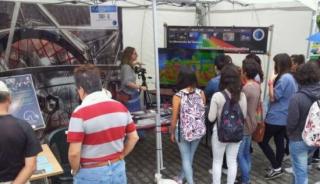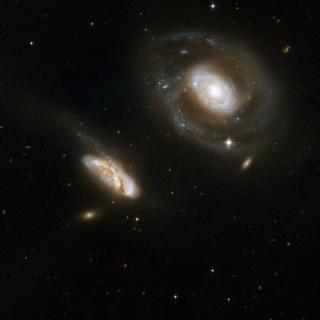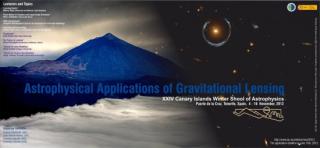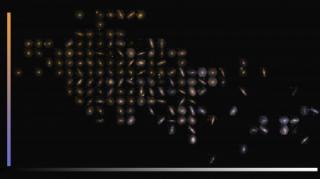
Títeres que sueñan con el cosmos, conferencias sobre astrofotografía o los planetas más allá del Sistema Solar y talleres interactivos forman parte de la oferta del Instituto de Astrofísica de Canarias en estas jornadas divulgativas, que se celebran entre el 8 y el 28 de noviembre en Canarias
Advertised on




